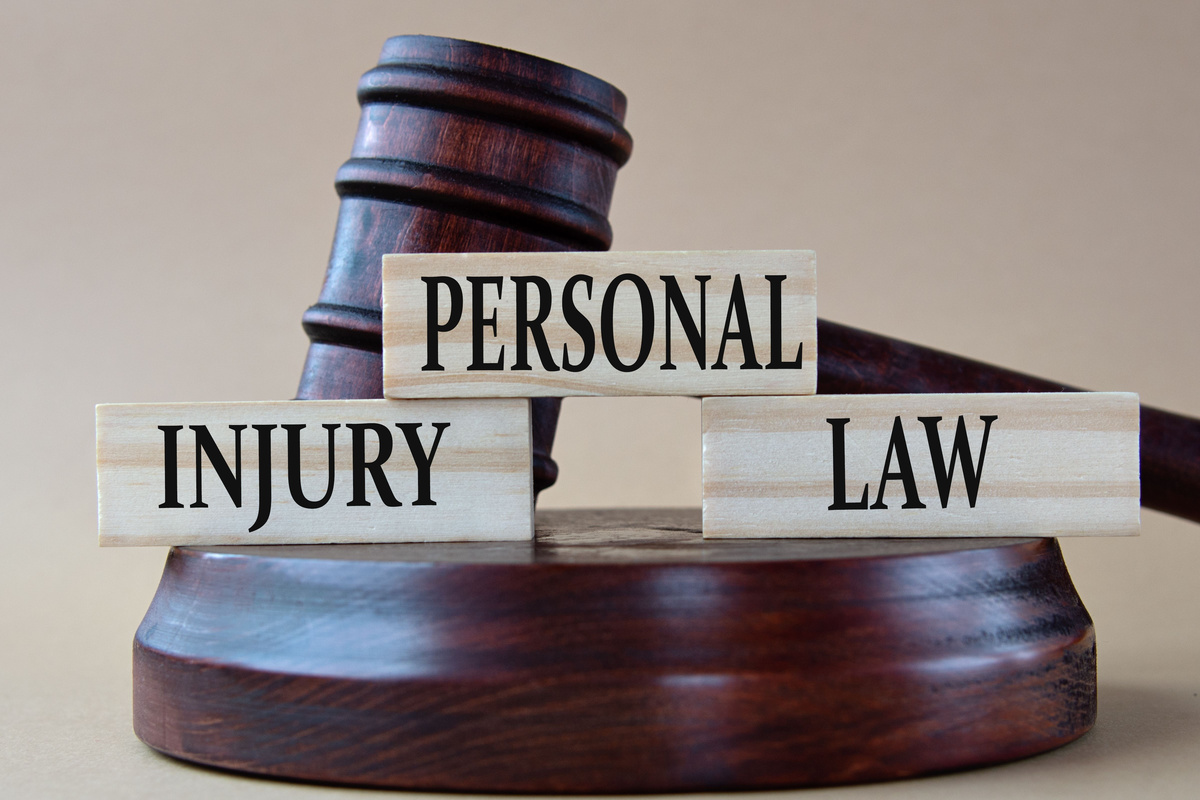
Partner at AKD Lawyers
Practice Areas: Insurance Claims

When accidents occur due to negligence, understanding personal injury damages becomes critical for victims seeking compensation. Personal injury damages are the financial and non-financial reparations a plaintiff may receive to make them “whole” again. These damages fall into three categories: economic, non-economic, and punitive. Each serves a distinct purpose in achieving justice.
This guide offers an in-depth look at these damages and how they’re calculated, ensuring you can navigate your claim.
What Are Personal Injury Damages?
In personal injury cases, “damages” refer to the compensation victims receive for losses caused by another party’s negligence or misconduct. The goal is to restore the injured person as much as possible to their pre-incident position.
Damages are classified into three broad categories:
- Economic Damages – Tangible financial losses.
- Non-Economic Damages – Intangible losses affecting quality of life.
- Punitive Damages – Penalties for egregious misconduct.
Understanding these categories helps victims identify what they may be entitled to and how to present a strong case.
Economic Damages: Compensating Tangible Losses
Economic or “special damages” cover measurable financial losses from an injury. These are often the easiest to calculate as they involve direct monetary expenses.
Examples of Economic Damages
- Medical Expenses: Costs for hospital stays, surgeries, medications, therapy, and future medical care.
- Lost Wages: Income lost due to missed work during recovery.
- Loss of Earning Capacity: Diminished ability to earn income in the future due to long-term injury.
- Property Damage: Repairs or replacement for damaged belongings, such as a totaled car.
Documenting Economic Damages
To substantiate economic damages, victims must provide evidence such as:
- Medical bills and receipts.
- Pay stubs or income tax returns for lost wages.
- Repair estimates or receipts for property damage.
These damages aim to replace tangible losses, ensuring someone else’s negligence doesn’t financially burden victims.
Non-Economic Damages: Addressing Emotional and Psychological Impacts
Non-economic or “general damages” compensate for the less tangible consequences of an injury. These losses can vary significantly as they address the human cost of an accident.
Examples of Non-Economic Damages
- Pain and Suffering: Physical discomfort and emotional distress caused by the injury.
- Loss of Enjoyment of Life: Inability to participate in hobbies or activities once enjoyed.
- Disfigurement or Disability: Permanent changes to appearance or bodily function.
Calculating Non-Economic Damages
Unlike economic damages, non-economic damages don’t come with receipts or bills. Instead, courts consider factors such as:
- Severity and permanence of the injury.
- Impact on daily life and relationships.
- Testimonies from mental health experts, family, or friends.
For instance, in 2023, a Louisiana man was awarded $10.1 million in non-economic damages for physical pain and emotional suffering after a workplace injury. This highlights how these damages recognize the profound life changes injuries can cause.
Punitive Damages: Deterring Egregious Misconduct
Punitive damages do not compensate the victim but hold the at-fault party accountable for their reckless behavior. These damages also serve to deter similar misconduct in the future.
When Are Punitive Damages Awarded?
Punitive damages are reserved for extreme cases, such as:
- Gross Negligence: Behavior that shows a reckless disregard for the safety of others.
- Intentional Harm: Deliberate actions to cause injury or harm.
High-Profile Examples of Punitive Damages
In 2022, a Louisiana jury awarded $12 million in punitive damages against an insurance company for delaying a policyholder’s seven-year claim. The egregious nature of the delay justified the hefty penalty, sending a message to deter similar misconduct.
How Damages Are Calculated in Personal Injury Cases
Calculating damages involves a mix of tangible evidence and subjective assessments. Here’s a closer look at how each type is determined:
- Economic Damages: A straightforward addition of bills, receipts, and lost wages.
- Non-Economic Damages: Courts often use a multiplier method, where economic damages are multiplied (e.g., by 1.5 or 3) to estimate intangible losses.
- Punitive Damages: Determined based on the severity of the misconduct and the need to deter future actions.
Victims must work closely with legal and financial experts to ensure all aspects of their losses are documented and valued accurately.
Proving Your Claim: The Role of Evidence
The strength of a personal injury case lies in the evidence presented. Here’s how to prove each category of damages:
Economic Damages
- Keep detailed medical records and receipts.
- Obtain employer documentation for lost wages.
- Secure repair estimates for damaged property.
Non-Economic Damages
- Maintain a personal journal documenting pain and emotional struggles.
- Collect statements from loved ones about lifestyle changes.
- Use expert testimony to validate claims of emotional distress or loss of enjoyment.
Punitive Damages
- Show clear evidence of reckless or malicious behavior, such as police reports or prior incidents involving the defendant.
Why Understanding Damages Is Crucial for Personal Injury Victims
In a personal injury case, knowing the differences between economic, non-economic, and punitive damages can significantly impact the outcome of your claim. Each category addresses unique aspects of loss, ensuring fair and comprehensive compensation.
For example, an injured party might recover medical expenses through economic damages, receive compensation for their emotional trauma under non-economic damages, and hold the negligent party accountable with punitive damages.
Common Questions About Personal Injury Damages
What Types of Evidence Are Most Important?
Medical bills, pay stubs, repair estimates, personal journals, and expert testimony are critical for proving damages.
Can I Receive Punitive Damages for Any Personal Injury Case?
Punitive damages are rare and only awarded in egregious or malicious conduct cases.
How Do Courts Calculate Non-Economic Damages?
Courts often use a multiplier method or consider the injury’s impact on the victim’s quality of life.
Conclusion
Navigating personal injury damages can be overwhelming, especially in the aftermath of an accident. Understanding the nuances of economic, non-economic, and punitive damages is essential to ensure fair compensation.
If you’re dealing with a personal injury case, consult an experienced attorney to guide you through the legal process and hold negligent parties accountable. Reach out to Alvendia, Kelly & Demarest today and schedule a free consultation to get justice.
Categories

In 2003, after being dissatisfied with the quality of legal care for victims of car accidents, Roderick ‘Rico’ Alvendia sought to establish a new firm focused on providing high-quality legal services to aid injured victims and their families. J. Bart Kelly, sharing Rico’s passion for upholding justice, joined the firm later that year, and established a partnership.






